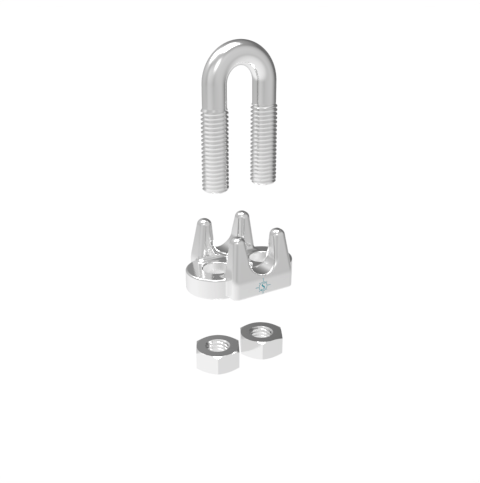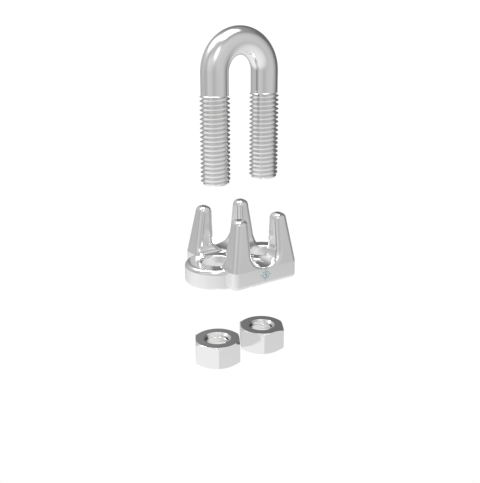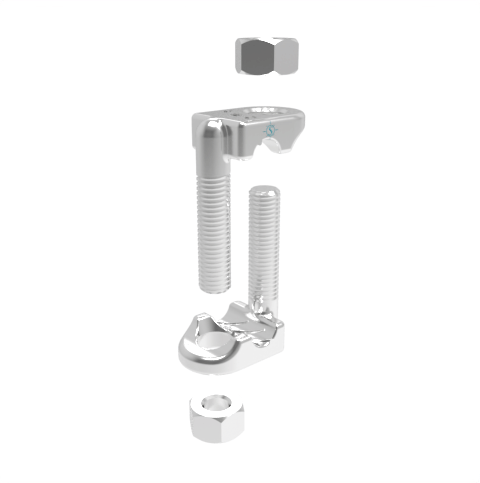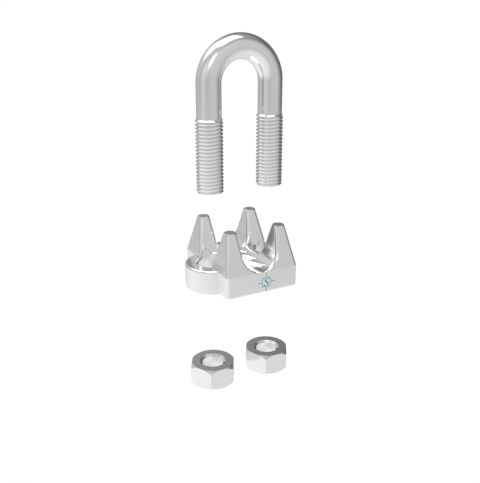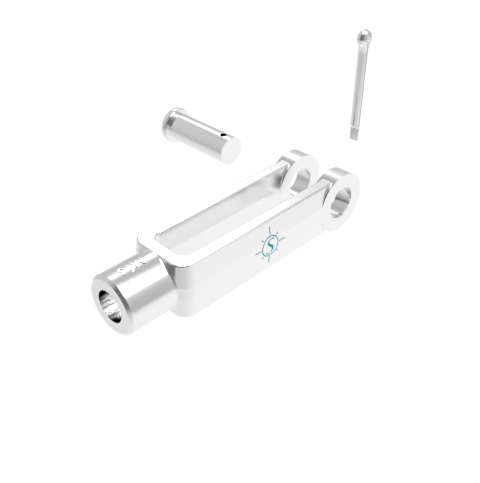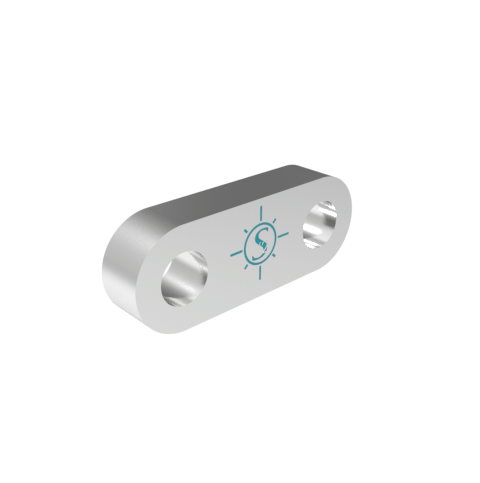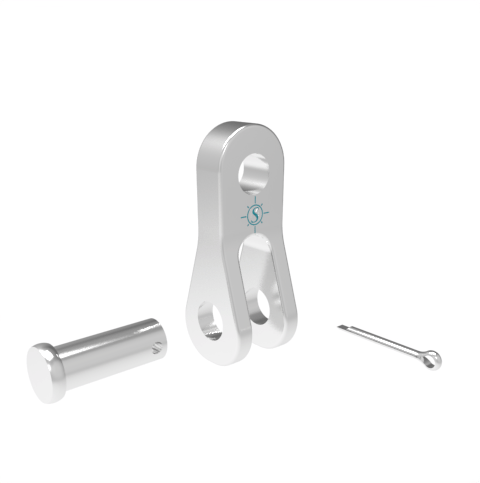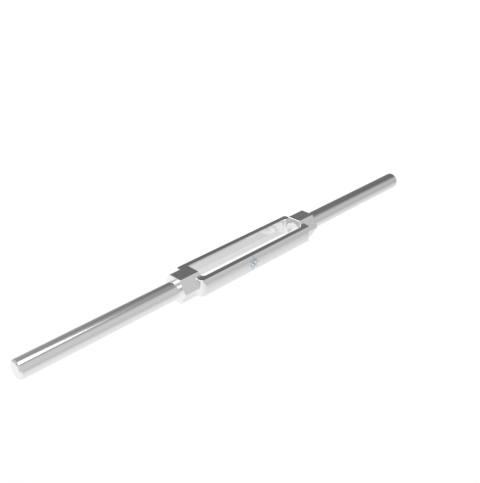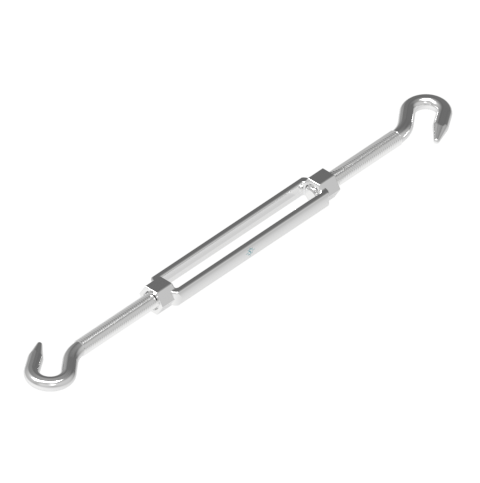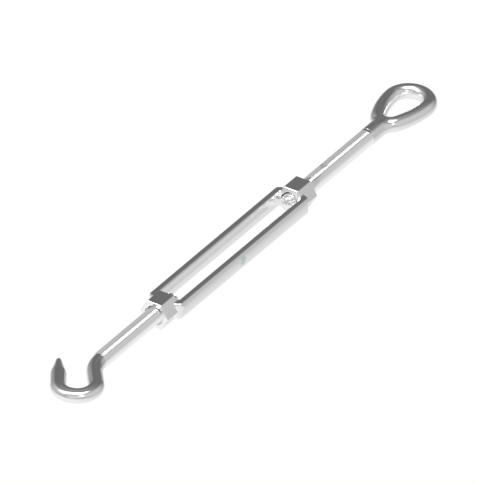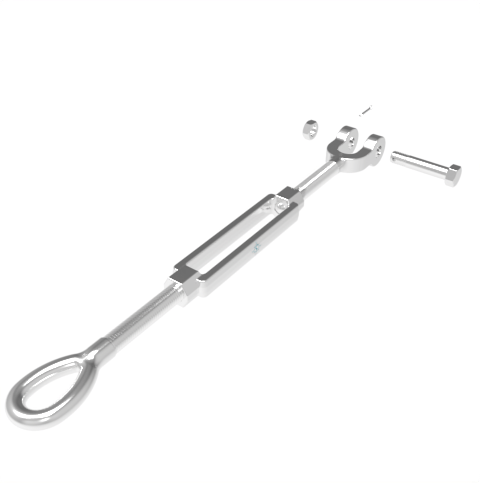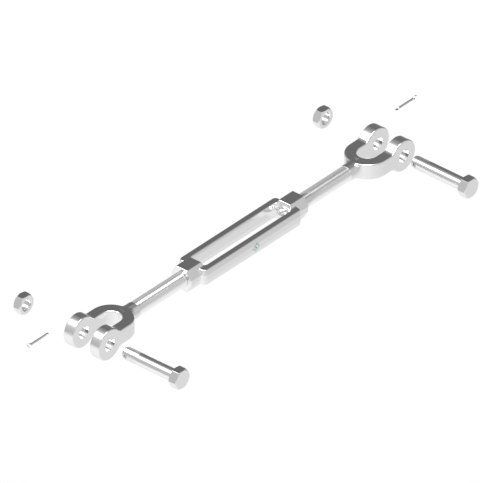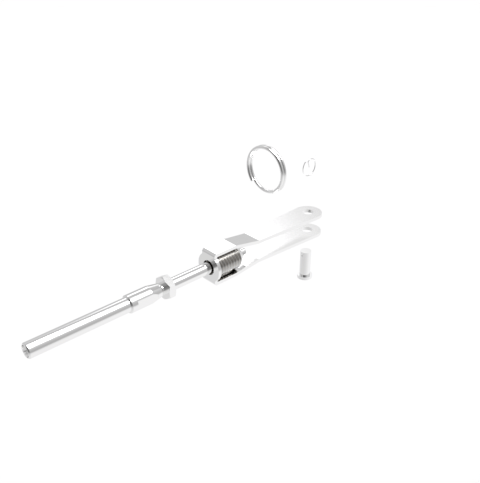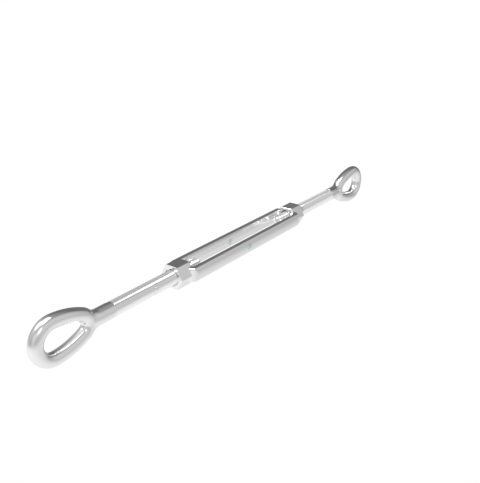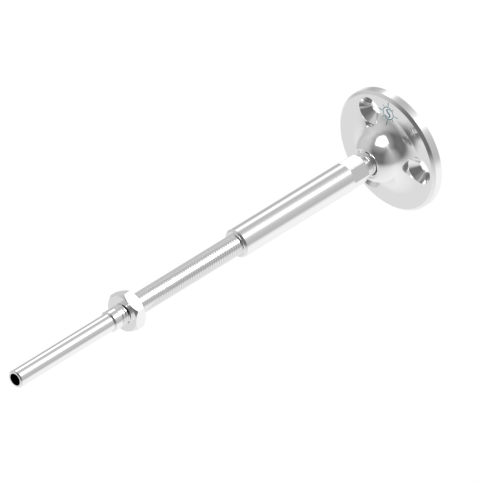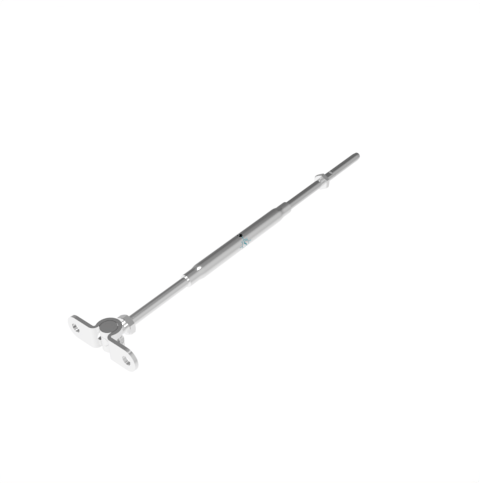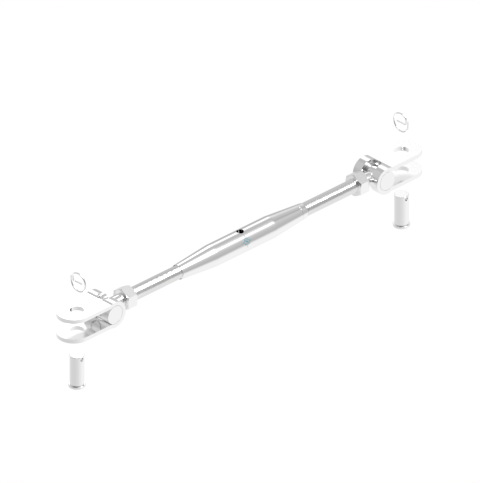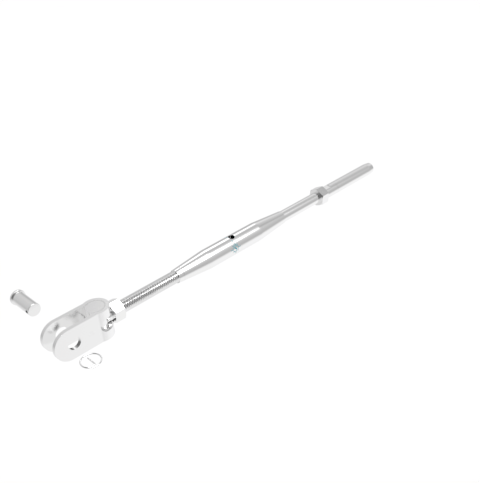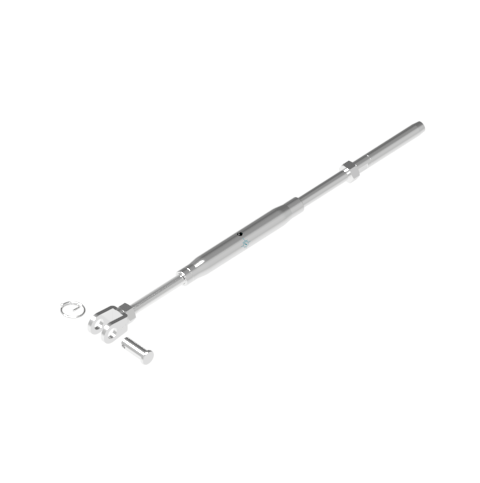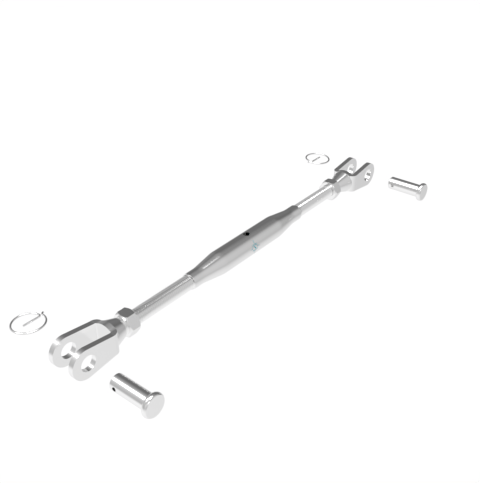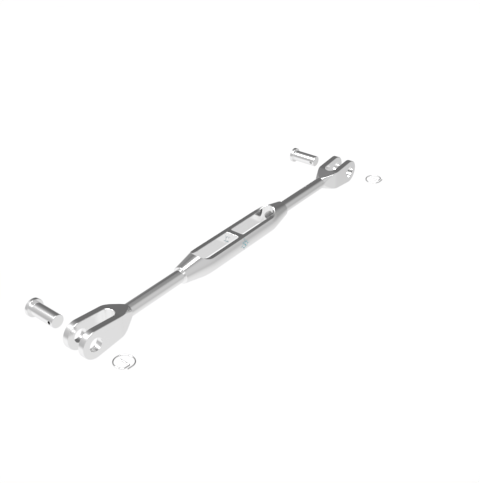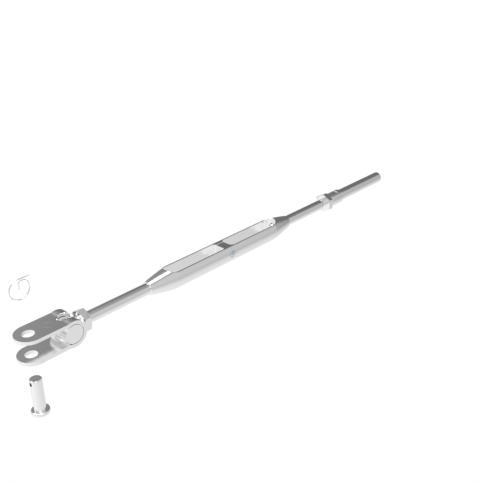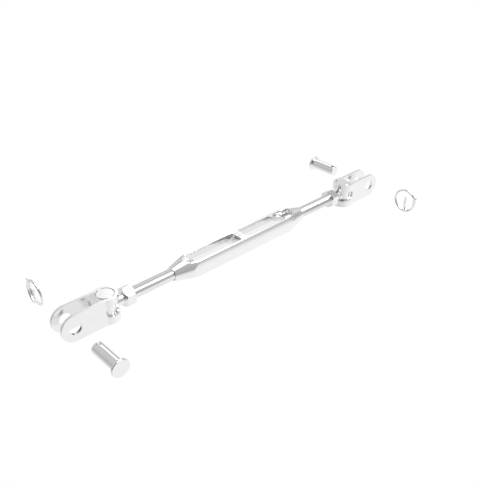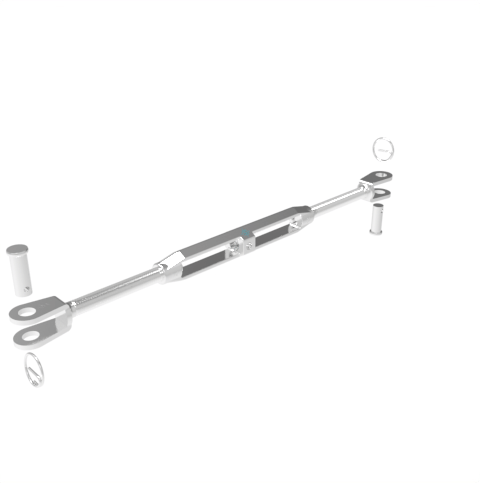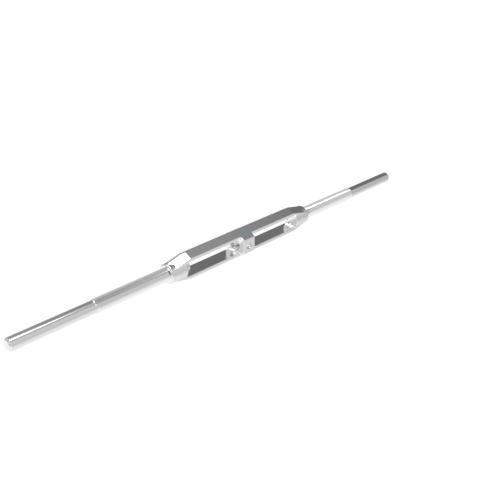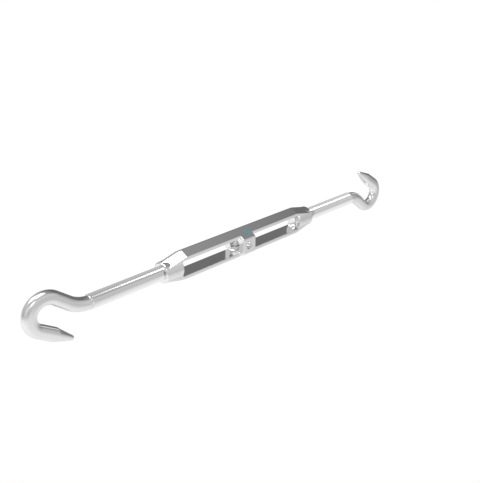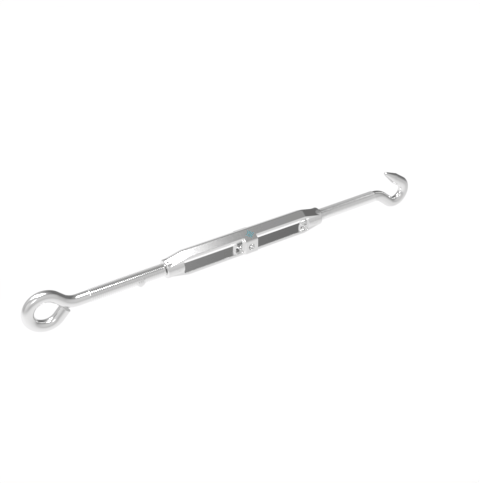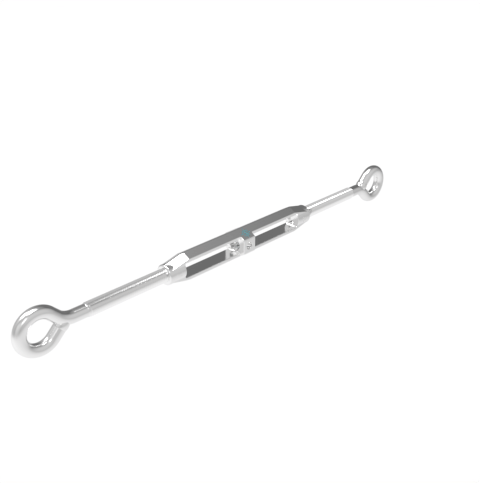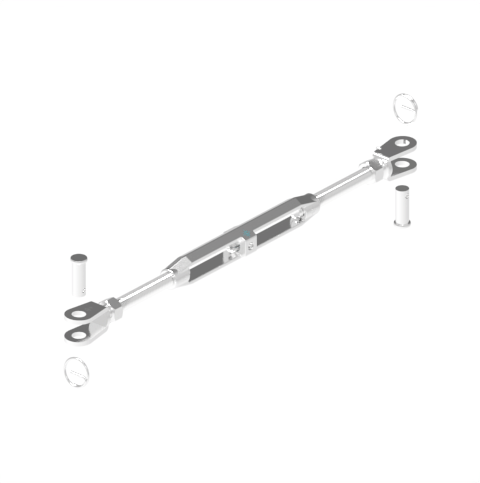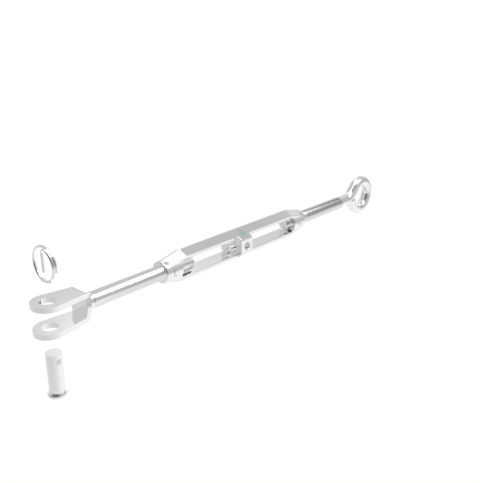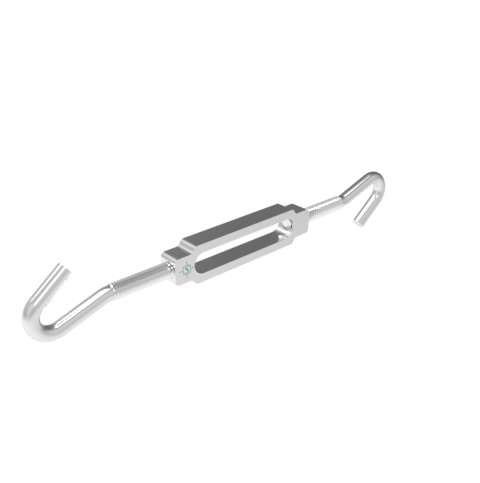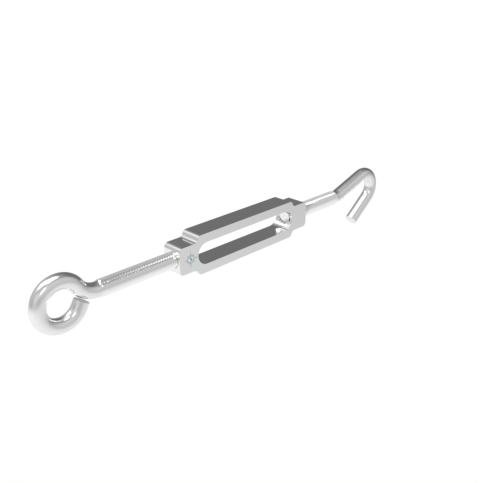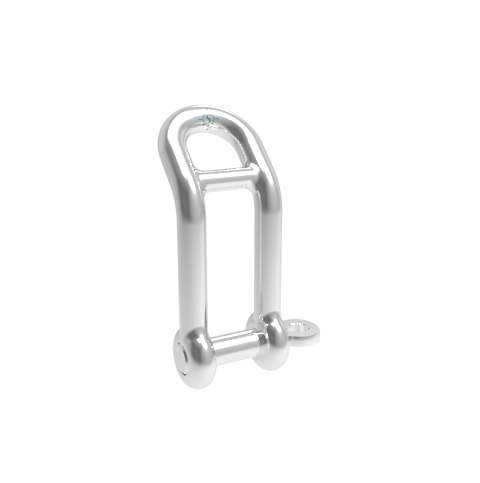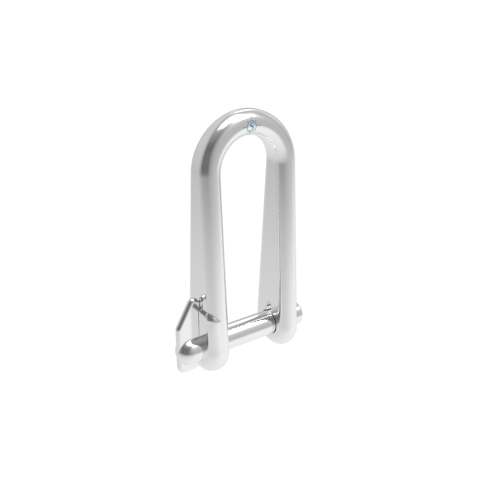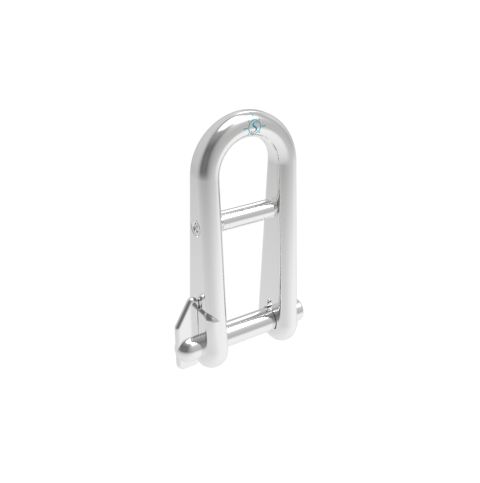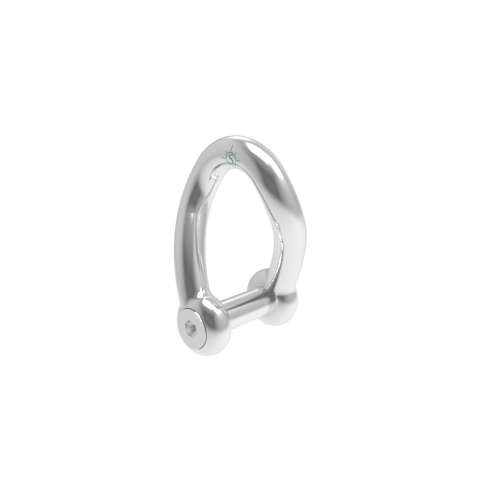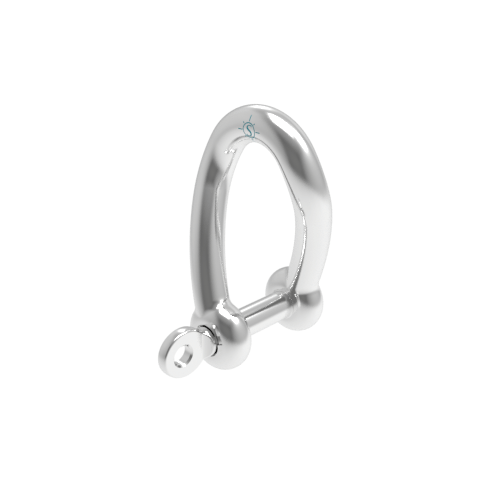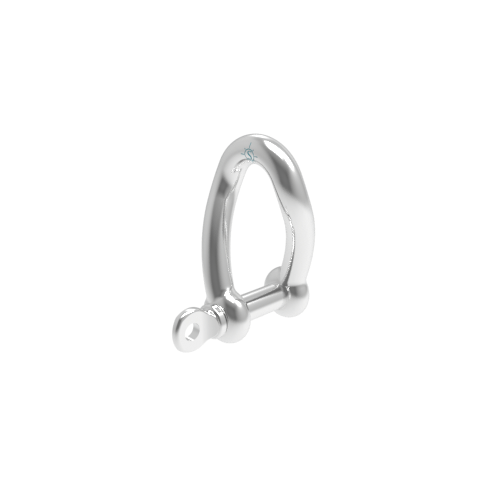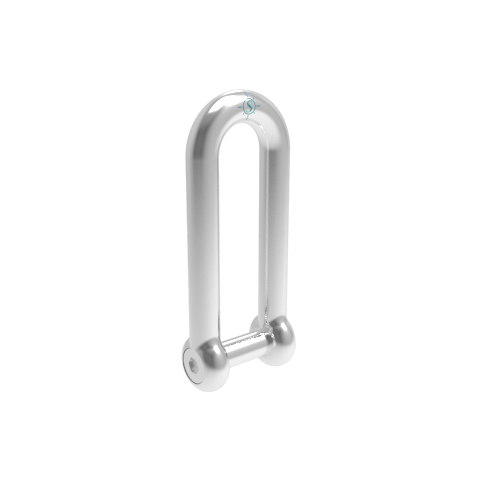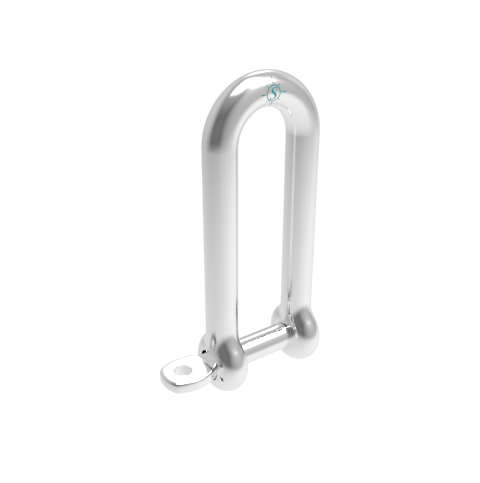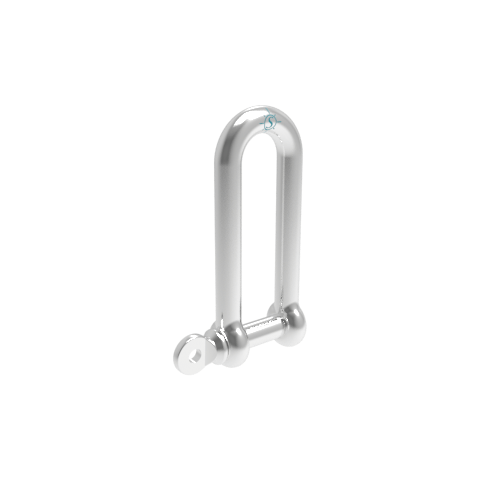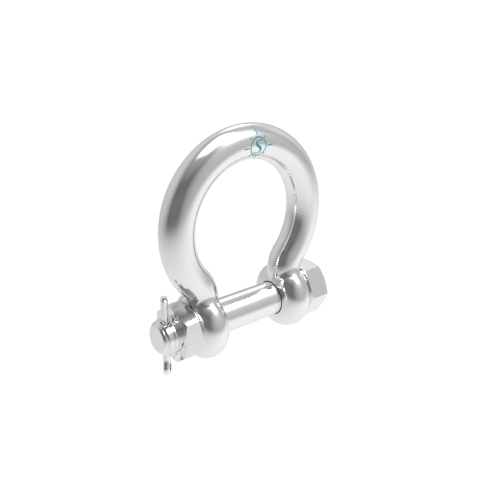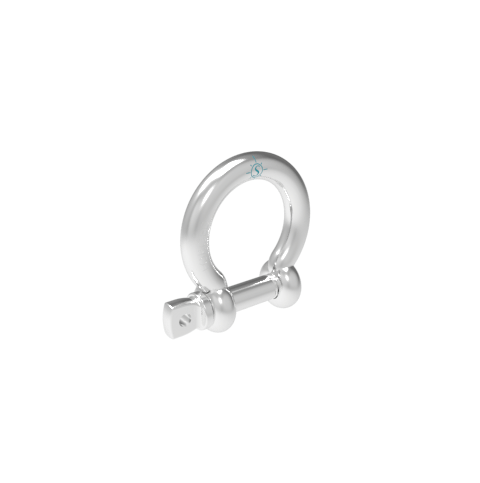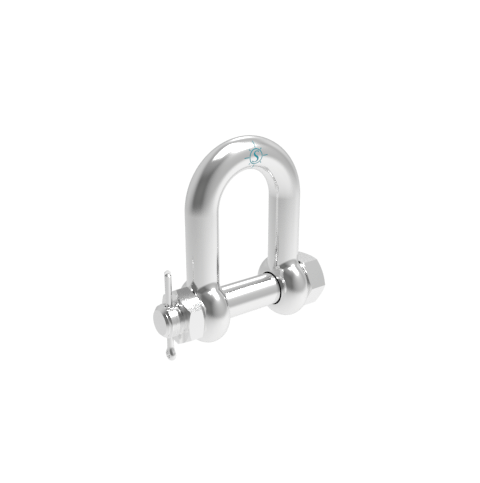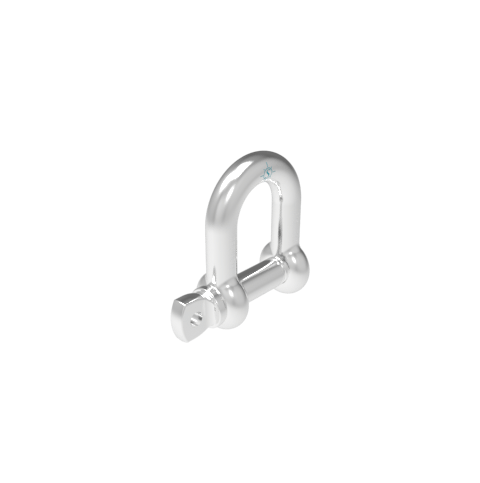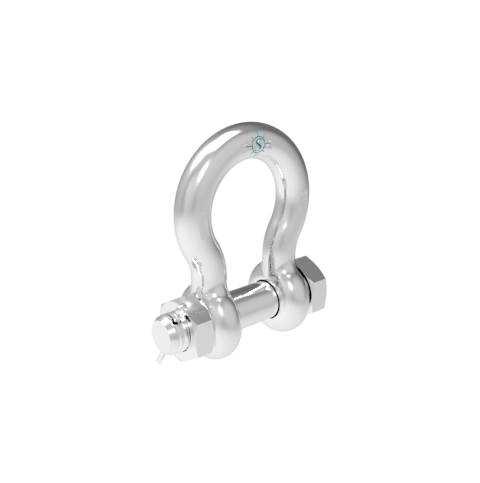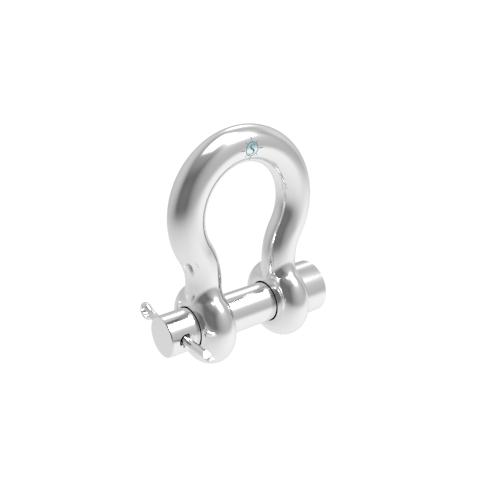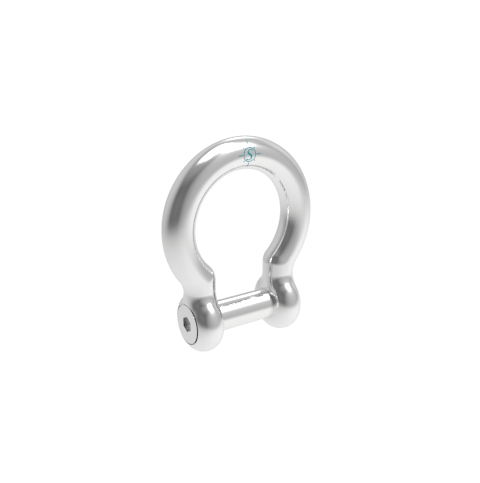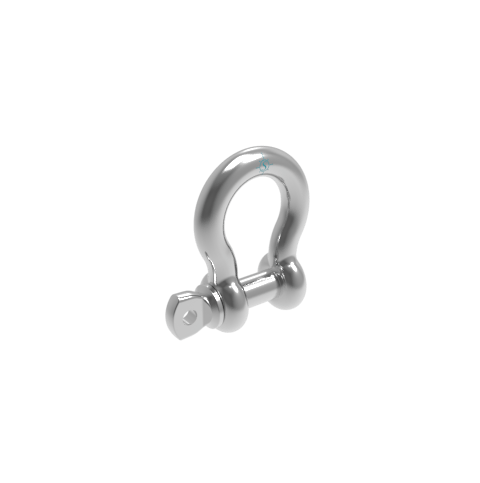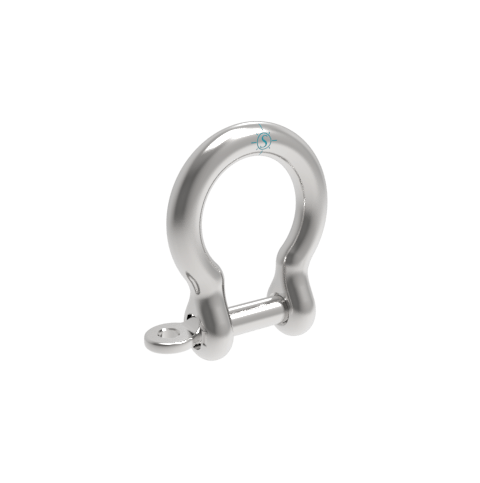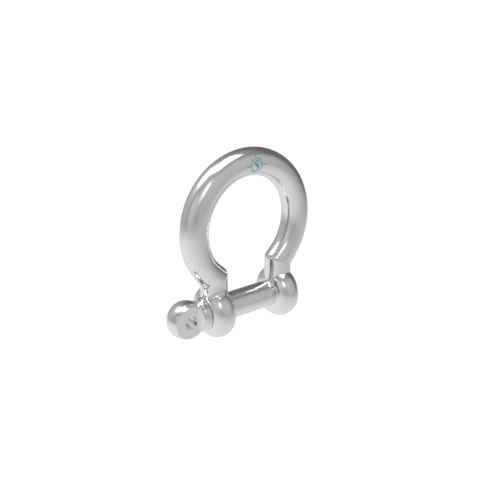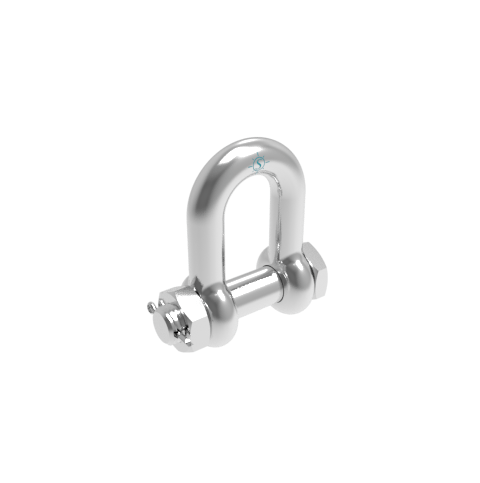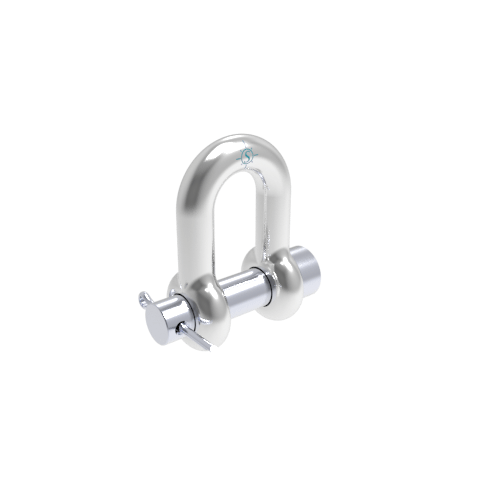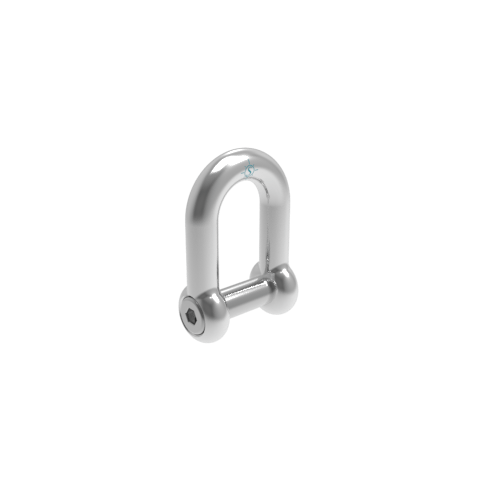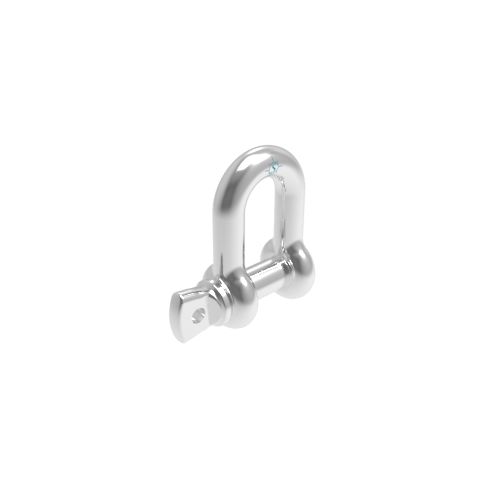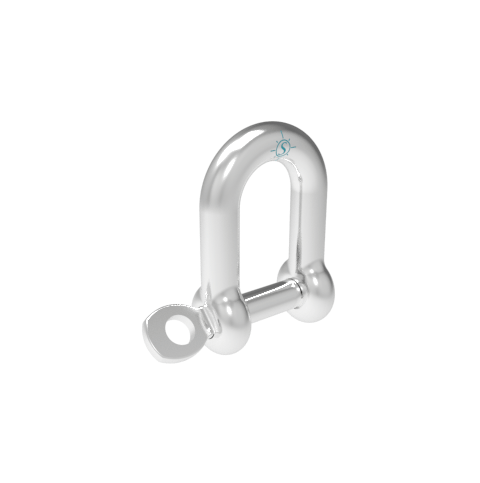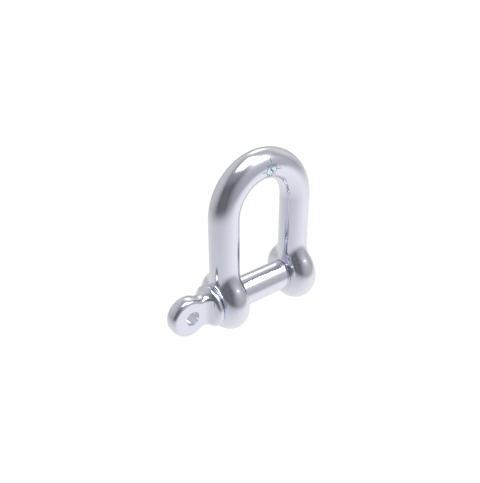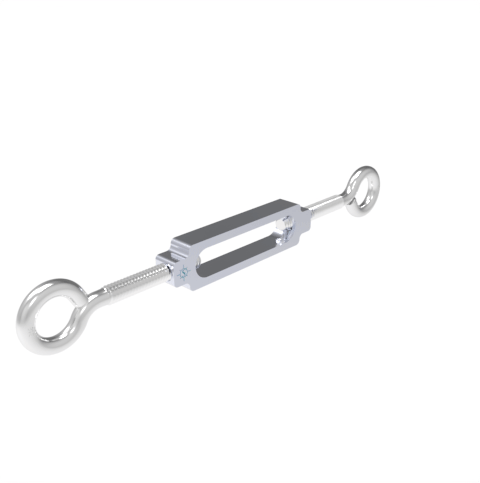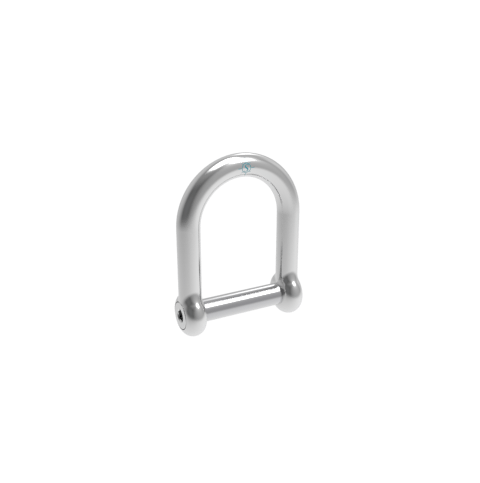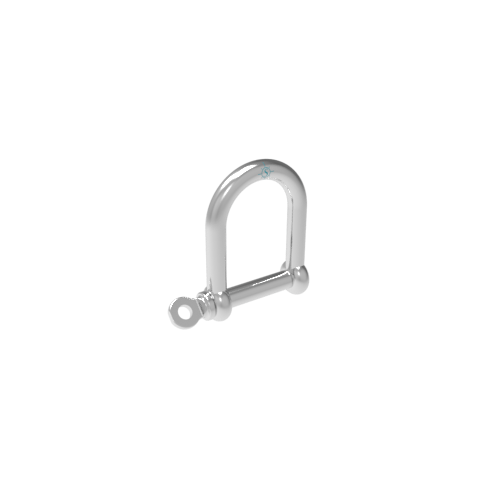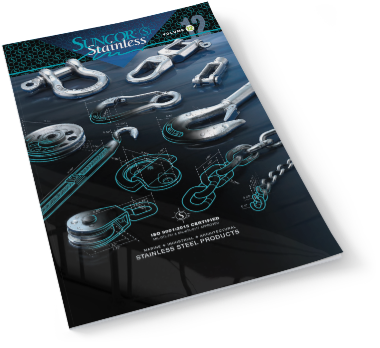Required maintenance for stainless steel hardware is highly dependent on the grade and use of the hardware product. You need to know your stainless steel product and identify the use scenario to understand how to maximize the life with proper maintenance.
All grades and finishes of stainless steel may in fact stain or discolor in normal service regardless of maintenance, but in many cases the product will have a significantly shortened life if not properly maintained. To achieve maximum life under variable circumstances, some general guidelines should be followed.
Know the Grades of Stainless Steel: 316L, 304 (18-8) and 17-4 PH:
316L: This is most corrosion resistant grade generally available for most applications and is ideal for saltwater applications. 316L is generally more elastic and has lower load limits than 304 and 17-4 PH. This grade will require the least maintenance in saltwater environments. 316 is usually not use used for fasteners due to elasticity.
304: This grade is far more susceptible to corrosion than 316, but it does offer higher strength factors. 18-8 is very close to 304 and is usually used for fasteners due to strength. 304 is the most used grade of stainless steel, but it is not ideal for saltwater or high chloride environments like swimming pools.
17-4 PH: 17 equals Chromium content and 4 equals Nickel Content. PH stands for precipitation hardening. This grade is known for strength and heat tolerance, not corrosion resistance. Though it has some corrosion resistance properties it will require routine maintenance in saltwater environments. If you use a product made of 17-4 PH, such as a Suncor Anchor Swivel, you need to follow a routine maintenance schedule.
Mixing grades is not advised and we recommend using only grade 316 fasteners with grade 316 hardware.
Environment: Saltwater Proximity and Dry vs Wet
Not all saltwater environments are the same and exposure may vary geographically. Generally speaking, grade 316 is the best grade for most saltwater applications, whether dry or wet. In some cases, the strength needed to accommodate a specific use cannot be achieved with 316 so a less corrosion resistant grade is required. In this case you are sacrificing the strength requirement for a little more maintenance. It is important to keep this in mind when deciding on your maintenance schedule.
In all cases where submersion is part of the use requirement, stainless products will be subject to routine maintenance and replacement depending on the severity of the water conditions, salinity, and length of submersion. In fresh water only, long submersion cycles will cause degradation of the stainless alloy depending on the oxygen level of the water. In saltwater, any submersion will attack the alloy aggressively and long submersion cycles, such a mooring or extended anchoring (over 48 hours), will require routine inspection and/or replacement as part of the maintenance. For 304 and 17-4 PH products these extended submersion cycles should be avoided. When they cannot be avoided the product should be disassembled, inspected and cleaned after each submersion cycle.
What to Use for Maintenance and Cleaning
Never use strong acids and chemical solutions (e.g. hydrochloric acid, muratic acid, methylethylkeytone or “spirits of salts”). These chemicals will destroy your stainless steel hardware. If incidental contact with a questionable chemical should happen, the chemical must be removed immediately by water flushing and cleaning with a mild automobile detergent (car wash). You should avoid any abrasive compounds or metal abrasives to clean stainless steel. If your stainless seems to require harsh chemicals or abrasives to clean, you need to reconsider your maintenance schedule.
Always use readily available car wash or boat wash products to clean your stainless steel hardware. In cases of extreme staining or corrosion you can use a derived citric acid product like Citrus Surf, while following the safety and use instructions. A marine polish product like Flitz or Prism Polish may also be used to clean and add a slight layer of protection to your stainless hardware.
If you cannot easily clean your stainless hardware with the suggested products you should reconsider your maintenance schedule.
